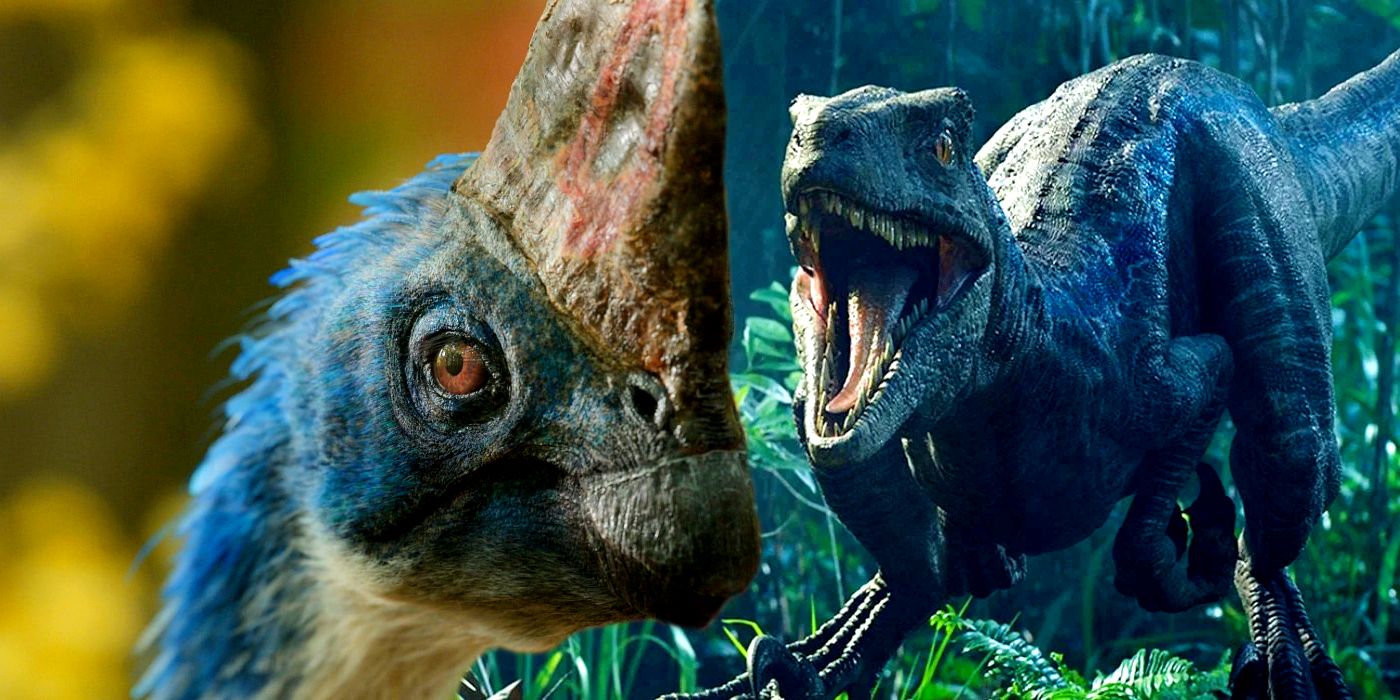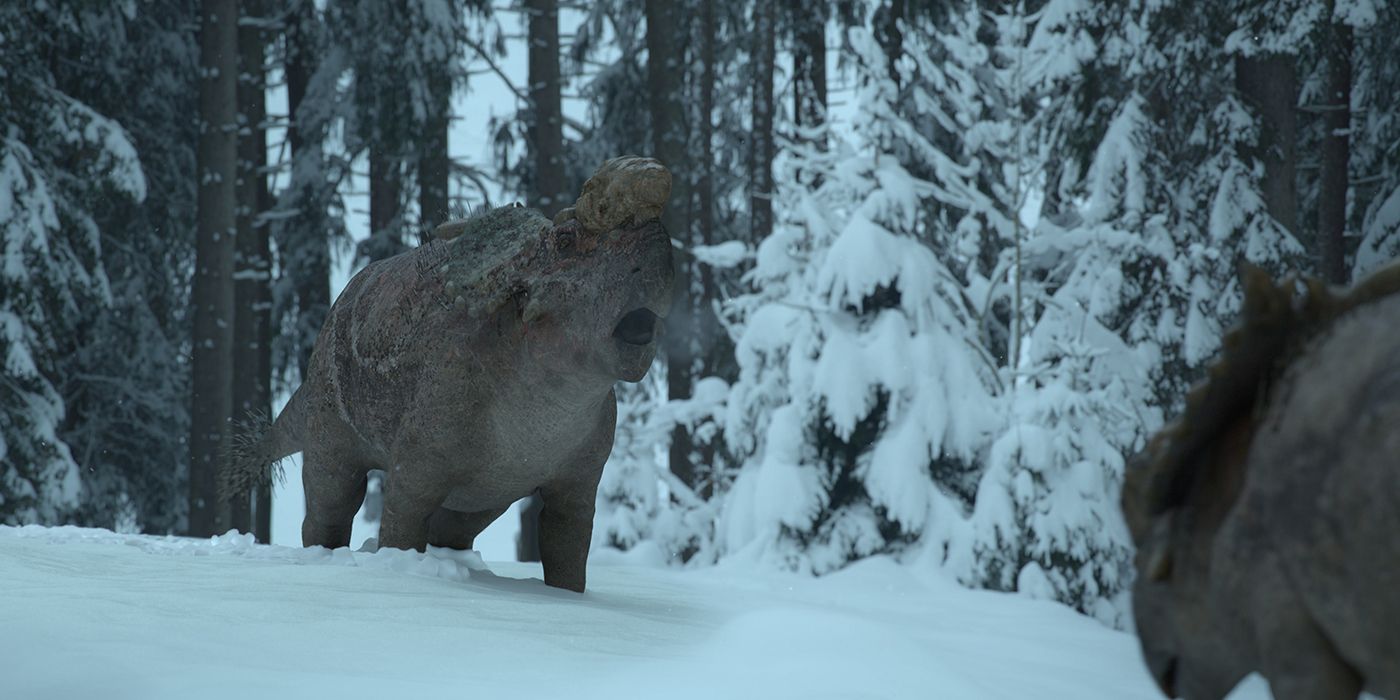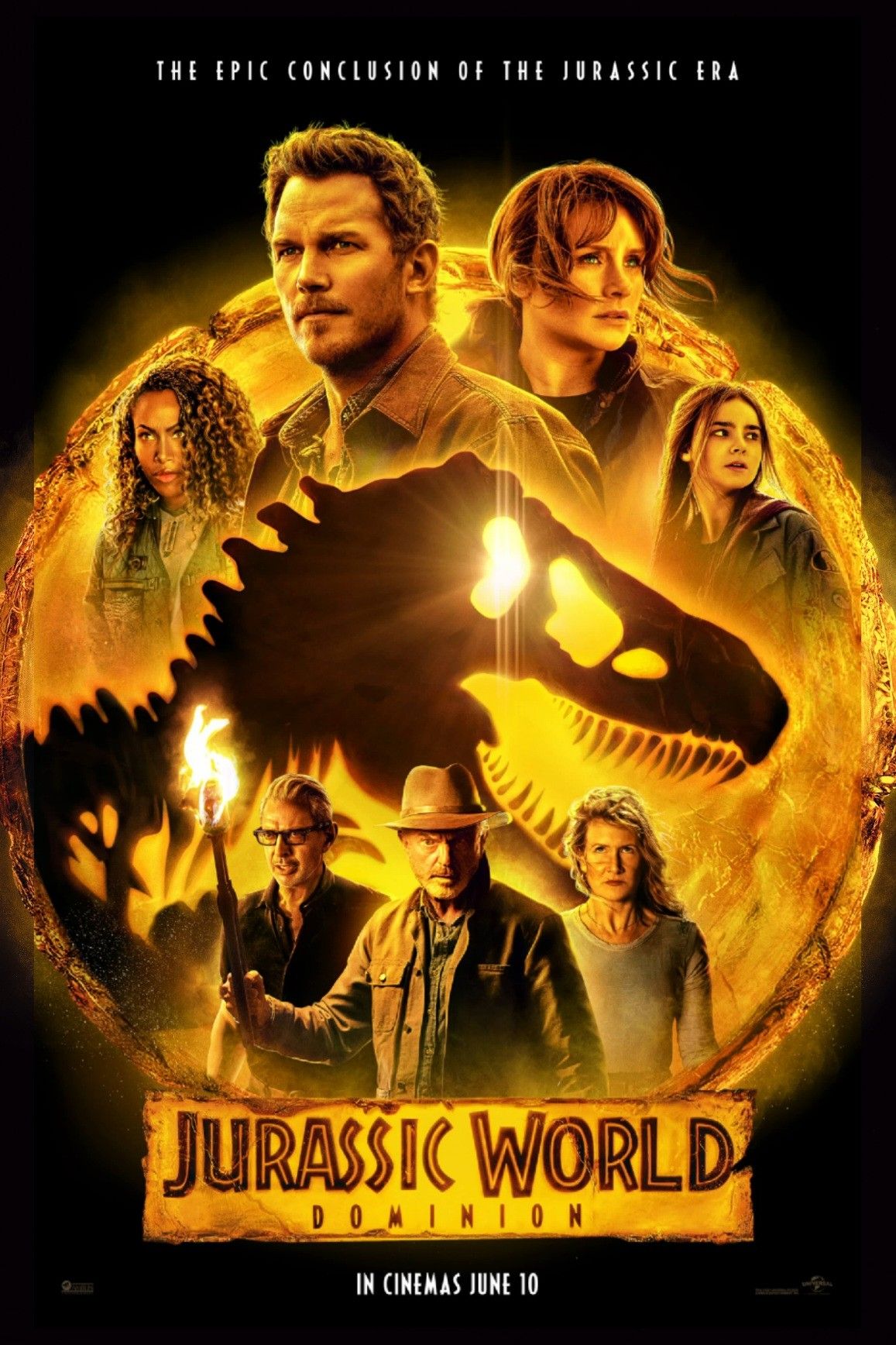The accuracy of Jurassic World's dinosaurs has long been a subject of debate, yet famed naturalist David Attenborough's Prehistoric Planet series has highlighted just how wrong the blockbuster franchise really is. Fierce creatures like T. Rex and velociraptor have long been franchise stalwarts. But while it's been clear that their onscreen representations are far removed from reality, the full extent of the discrepancy has never been fully expressed – until now.
When the first Jurassic Park movie came out in 1993, the realism of its scaly protagonists was one of its most striking achievements. Despite a plethora of varyingly successful dinosaur films beforehand, Jurassic Park was the first picture that could claim to show scientifically-accurate creatures on screen. However, while Spielberg's animals looked more alive than at any point in the last 65 million years, there were some obvious issues. For instance, it was known from the outset that Jurassic Park's terrifying velociraptors were far too big to be realistic representations of their turkey-sized forbears – more closely resembling larger dromeosaurs like deinonychus. Nevertheless, the film and later Jurassic franchise entries became the benchmark for portraying dinosaurs on screen.
However, despite Jurassic Park and Jurassic World's monopoly over the collective understanding of how dinosaurs looked and behaved, David Attenborough's Prehistoric Planet series has proven just how badly the famous franchise gets it wrong. For the first time, creatures like the velociraptor that have hitherto only really been known from their role in Jurassic Park, are shown as they really were – complete with feathers and hunting small lizards and pterosaurs in a battle for survival. Likewise, animals like carnotaurus are shown as much more than the lumbering brutes depicted in the franchise, engaging in a dynamic array of fully-rounded behavior. In essence, Prehistoric Planet proves that dinosaurs were real animals, rather than the cartoonish hunters that seem to exist only to thwart Jurassic World and Jurassic Park characters.
The Apple TV+ show not only depicts now-commonly understood aspects of dinosaur behavior, such as the role of feathers and the varying sizes of the animals, but it does so in a way that is arguably more realistic than anything Jurassic World or its predecessors have ever done. As such, Prehistoric Planet has the potential to rewrite its audience's collective understanding of dinosaurs by representing them in the same lifelike manner as the Jurassic series – only with a greater commitment to scientific authenticity and accuracy than ever before. Given the importance of striking animation and breathtaking effects in capturing an audience's attention, Prehistoric Planet is ideally placed to correct some of the most common misconceptions popularized by Jurassic World and finally show people how wrong the blockbuster series has been.
On an individual level, such as with Prehistoric Planet's young T. Rexes or small feathery raptors, David Attenborough's show lays bare the problems with Jurassic World's dinosaurs. However, by featuring these singular inconsistencies as part of a whole enlightening series, the show does a much more effective job of undermining the Jurassic franchise than it would do with a straightforward comparison. In fact, by not mentioning Jurassic Park by name, Prehistoric Planet invites viewers to draw their own conclusions about how inaccurate the movies may be. Considering how iconic the Jurassic Park creatures are, it's a subtle yet effective way of proving the problems with the franchise.
Why Prehistoric Planet's Dinosaurs Look So Different To Jurassic Park
There are several key reasons why Prehistoric Planet does a much better job of portraying real dinosaurs than Jurassic Park. The first, and probably most important consideration, is the intention of the two projects. Jurassic Park, as a studio blockbuster, is designed primarily to entertain its audience. While the romanticism associated with the long-dead reptiles makes them naturally intriguing protagonists, the priority for any Jurassic filmmaker is to use them to create a sense of jeopardy. By contrast, Prehistoric Planet – while entertaining in its own right – serves primarily as an educational series. Consequently, authentically recreating genuine behavior, such as T. Rex taking a swim or triceratops navigating an underground cave system, is much more important for the David Attenborough series than having the animals fulfill manufactured narrative obligations.
Equally, it's important to consider that Jurassic Park came into being at a time when paleontologists were far less well-informed about prehistoric planet earth than they are today. Theories such as dinosaur feathers simply were not as well established, and some key pieces of the fossil puzzle were still missing. This means that some of the more egregious inaccuracies in the original movie (and, consequently, the rest of the series), can be put down to innocent misunderstandings rather than a genuine attempt to mislead. This also explains why Prehistoric Planet appears to contradict much of what viewers may believe they "know" about dinosaur behavior – as time has moved on, so has wider scientific understanding.
The third consideration is actually baked into the fabric of Jurassic Park itself. As Dr. Henry Wu explains to Simon Masrani during the first Jurassic World movie, "Nothing in Jurassic World is natural, we have always filled gaps in the genome with the DNA of other animals." This means that the creatures as they appear in the blockbuster are inherently different from their real-life counterparts in Prehistoric Planet. This neat narrative device provides a ready-made excuse for the series to bend reality for dramatic effect. Given this, the discrepancies between Jurassic World and Prehistoric Planet may actually have a simple explanation. However, this doesn't change the fact that David Attenborough's series is finally proving how error-strewn the world's leading dinosaur franchise really is.




